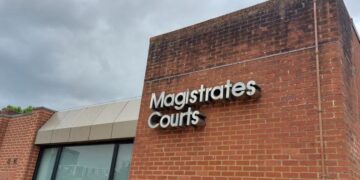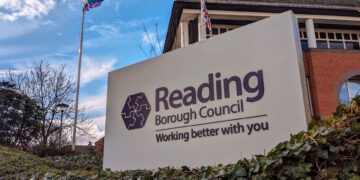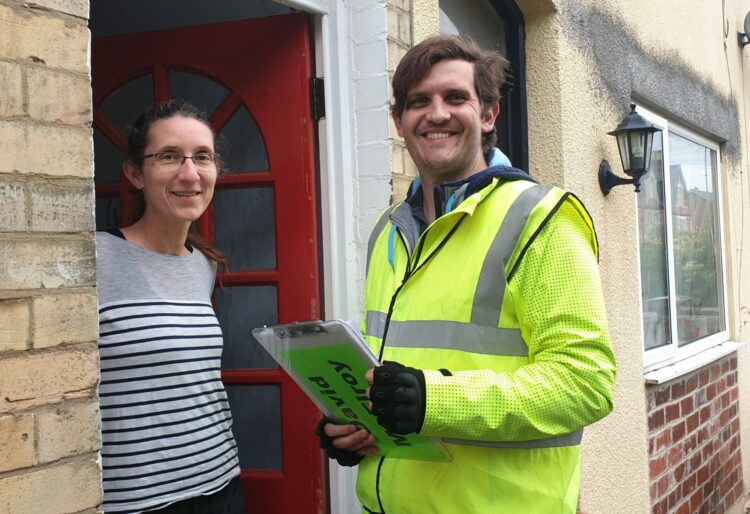The number of council homes in Reading has actually gone down despite the Labour administration’s housebuilding programme.
The Green Party has seized on council data which shows the number of council homes in Reading has decreased by five between 2021 and 2023.
The data from Local Authority Housing Statistics (LAHS) shows the number of council homes dropping from 6,987 in 2021/22 to 6,982 in 2023/24.
This reduction is attributed to ‘right to buy’ sales, leaving fewer affordable homes available for people on the council’s housing list.
‘Right to buy’ has been called one of the biggest acts of privatisation ever undertaken, transferring over £40 billion worth of value away from councils in the last 45 years, which Greens claim has left millions of people in ‘grotty privately rented accommodation’.
In 2023 it was reported that Reading had the largest council house waiting list in the county with 3,187 households waiting for a council property, with rough sleeping at an all-time high.
Councillor Dave McElroy (Green, Redlands) said: “It is crazy that during a housing crisis, Reading has lost council homes overall – down by five, despite council house building. This loss directly impacts families and individuals who are struggling to find affordable housing.
“While we acknowledge the efforts to build new homes, the overall loss shows the need for a more effective strategy locally and nationally.
“Greens in Reading want more investment in building council houses which are the homes we really need. We don’t need any more unaffordable luxury flats going up in the town centre for example! We also need to see changes at Westminster that protect the public housing stocks we already have.
“Green MPs are working for this at a national level.”
Addressing the figures, a council spokesperson said: “The council has a proud history of addressing housing need in the borough.
“This includes through our own new build programme, which has seen 131 affordable homes delivered in the last four years, our work with developers and a very active presence in improving standards in the private rented sector.
“Our homes are designed to meet the needs of a diverse range of households, including accommodation specifically for key workers, those with disabilities and individuals with a history of rough sleeping.
“All boroughs face a unique set of housing challenges, influenced by a range of factors including the availability of suitable land for development and access to government grants that support the financial viability of housing schemes.
“Reading has been successful in delivering homes and provided a net increase in the last three years, with its new build programme delivering more homes than have been lost through right to buy. The figures quoted are from LAHS and among other factors include properties owned by other local authorities within the borough of Reading area, and also exclude a number of properties designed for temporary use.”
The spokesperson added that it is wrong to compare Reading Borough with neighbouring councils as what qualifies for social housing varies.























